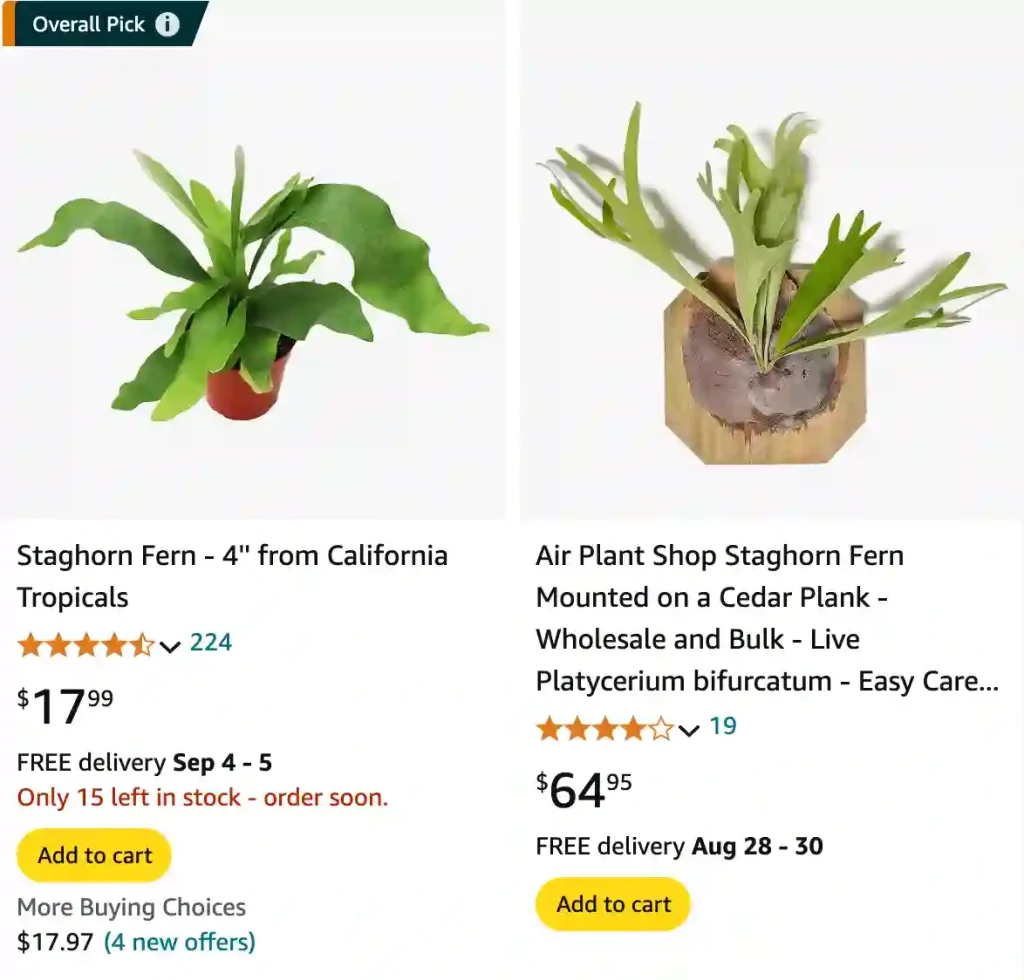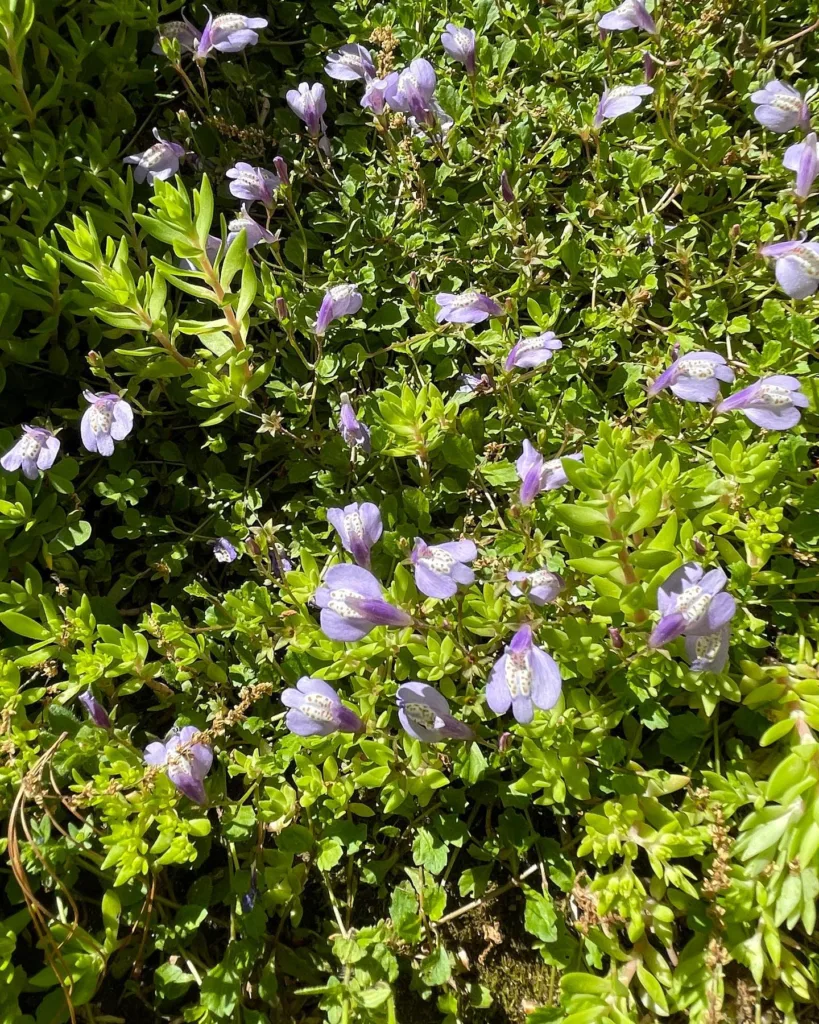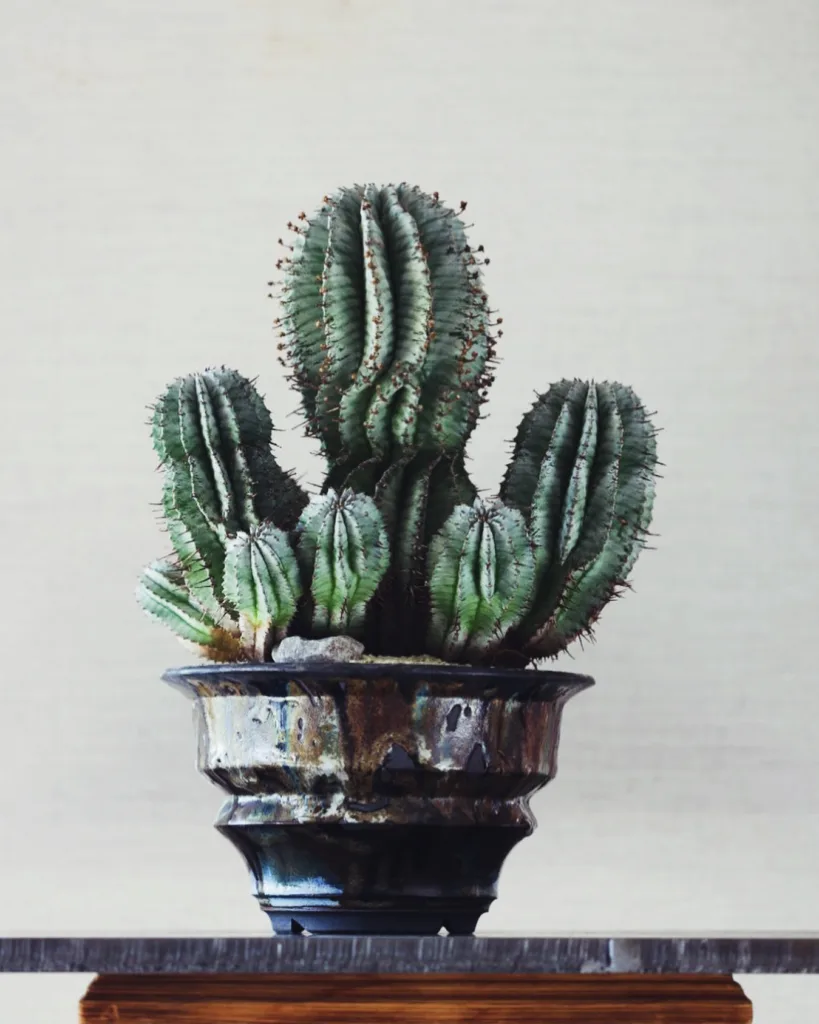
FAQs About Staghorn Ferns: My Personal Insights
Staghorn Ferns have become a fascinating addition to my indoor garden. These unique plants, with their antler-like fronds, not only add an exotic touch to any space but also come with their own set of care guidelines. Over time, I’ve gathered a wealth of knowledge about how to keep them healthy and happy. Here’s a rundown of frequently asked questions and my personal experiences with Staghorn Ferns.
How to Care for Staghorn Fern?
Caring for a Staghorn Fern might seem daunting at first, but it’s fairly straightforward once you get the hang of it. These ferns thrive in indirect light, so I place mine in a bright spot away from direct sunlight. They prefer high humidity, so misting them regularly or placing a humidifier nearby helps. The key is to keep the soil consistently moist but not soggy. I use a well-draining potting mix to prevent root rot. Ensuring good air circulation around the plant also keeps it healthy.
How to Save a Dying Staghorn Fern?
If your Staghorn Fern is looking sad, the first thing to check is its environment. A common issue is overwatering, which can lead to root rot. Make sure the plant is in a pot with adequate drainage and allow the top layer of soil to dry out before watering again. If the fern is wilting, it could also be a sign of underwatering. Adjust your watering routine based on the plant’s needs. Additionally, check for pests like scale or mealybugs, which might be affecting your fern.
How to Water Staghorn Fern?
Watering Staghorn Ferns is a bit of an art. I water mine when the top inch of soil feels dry to the touch. During the winter months, I reduce watering frequency since the plant’s growth slows down. I use room-temperature water and ensure it drains well to avoid waterlogging. A good practice is to water thoroughly until excess water starts to drain from the bottom of the pot.
How Do You Hang a Staghorn Fern?
Hanging a Staghorn Fern is one of the most striking ways to display it. I’ve found that mounting it on a wooden board or a piece of cork works well. Start by attaching the fern to the mount using wire or a strong adhesive. Make sure to secure it so the roots are well-supported but not tightly bound. Hang the mounted fern in a location with bright, indirect light. This setup mimics their natural epiphytic habitat and allows the fern to thrive.
How to Fertilize Staghorn Fern?
Fertilizing Staghorn Ferns is essential for their growth. I use a balanced, water-soluble fertilizer diluted to half strength. Fertilize every 6-8 weeks during the growing season (spring and summer) and reduce or stop during the winter months. Avoid over-fertilizing, as this can lead to salt buildup and damage the plant. A gentle feeding routine helps keep the fern healthy and vibrant.
Is Staghorn Fern Toxic to Cats?
One of the reasons I appreciate Staghorn Ferns is that they are non-toxic to cats. If you have feline friends, you don’t have to worry about them chewing on the plant. This makes Staghorn Ferns a great choice for pet-friendly homes.
Staghorn Fern vs Bird’s Nest Fern
When comparing Staghorn Ferns to Bird’s Nest Ferns, the key difference lies in their appearance and growth habits. Staghorn Ferns have their distinctive antler-like fronds, while Bird’s Nest Ferns have broad, wavy leaves that form a rosette. Both ferns enjoy similar care conditions, such as indirect light and high humidity, but Bird’s Nest Ferns are usually grown in pots, whereas Staghorn Ferns are often mounted.
Staghorn Fern vs Elkhorn Fern
Staghorn Ferns and Elkhorn Ferns are often confused due to their similar appearances. However, Elkhorn Ferns have narrower, more elongated fronds compared to the broader, more rounded fronds of Staghorn Ferns. Both types of ferns are epiphytic and enjoy similar care, but Elkhorn Ferns can be a bit more tolerant of lower humidity levels.
How to Propagate Staghorn Fern?
Propagation of Staghorn Ferns can be done through offsets or spores. I prefer separating the offsets, which are small plants that grow around the base of the parent fern. Gently remove these offsets, ensuring they have some roots attached, and mount them on a new board or in a pot with the same care as the parent plant.
What to Plant With Staghorn Fern?
Staghorn Ferns pair well with other tropical plants that enjoy similar growing conditions. I like to combine them with orchids, bromeliads, or even air plants. These companions create a lush, layered look and thrive in the same high humidity and indirect light conditions.
Benefits and Common Problems
Staghorn Ferns not only add visual interest but also help improve indoor air quality by filtering toxins. Common problems include root rot from overwatering and pests like scale insects. Regular misting, proper watering, and good air circulation help prevent these issues.
In conclusion, Staghorn Ferns are a rewarding plant to grow once you understand their needs. With the right care, they can thrive and become a stunning focal point in your home. If you have any specific questions or experiences with Staghorn Ferns, feel free to share them!




